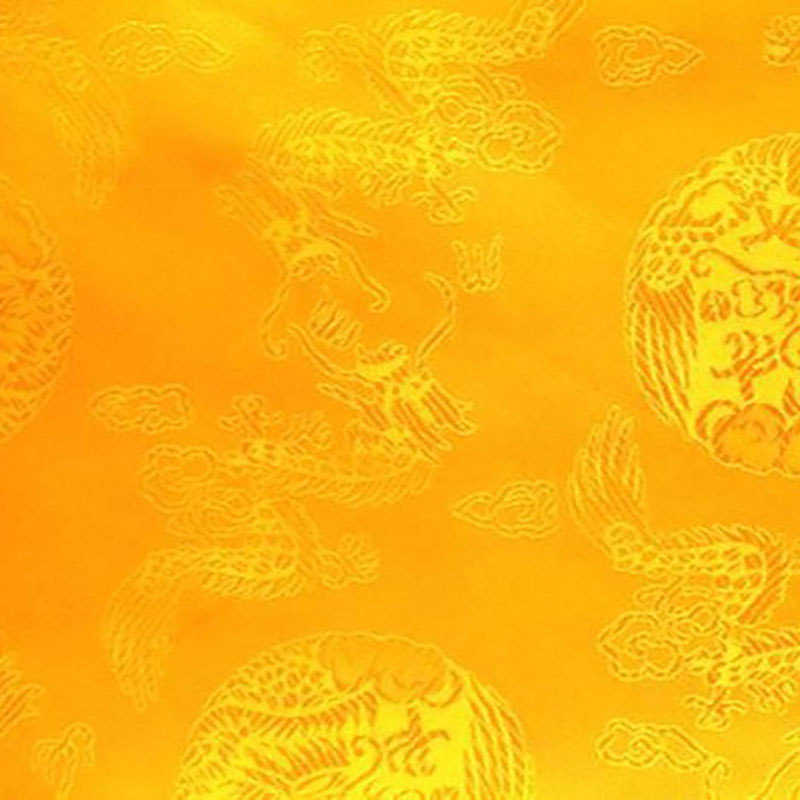As a member of the marketing team, I found that the color and style of fabrics directly affect consumers' purchasing decisions. Among the many fabrics, choosing the right fabric is not only related to the appearance of the product, but also an important way to reflect the brand value.
Color plays an important role in our lives. Each color can convey different emotions and messages. For example, red often symbolizes passion and energy, while blue conveys calmness and trust. When choosing fabrics, I consider the preferences of my target consumers and start with the color to find colors that resonate with them.
Different occasions require different styles. In addition, the layering and touch of the fabric are equally important. For formal business occasions, I may prefer high-end wool or silk, while for casual occasions, I can choose cotton or linen, which creates different wearing experiences for consumers.
There are many types of fabrics, each with its own unique properties. When I conduct market research, I often focus on the durability, comfort and ease of care of fabrics. For example, polyester fabrics are popular among consumers because of their excellent wear resistance and easy washing.
When recommending fabrics, I consider pricing strategies. The impact of choosing high-end fabrics versus low-priced fabrics on the brand image is completely different. Through market research, I can combine the right fabric with the spending power of the target market to develop an accurate pricing strategy.
Choosing fabrics is a complex and important task that affects the overall quality of the product and the consumer's purchasing experience. During this process, I know that color, style, fabric type and pricing strategy must be carefully considered to help the brand succeed.

